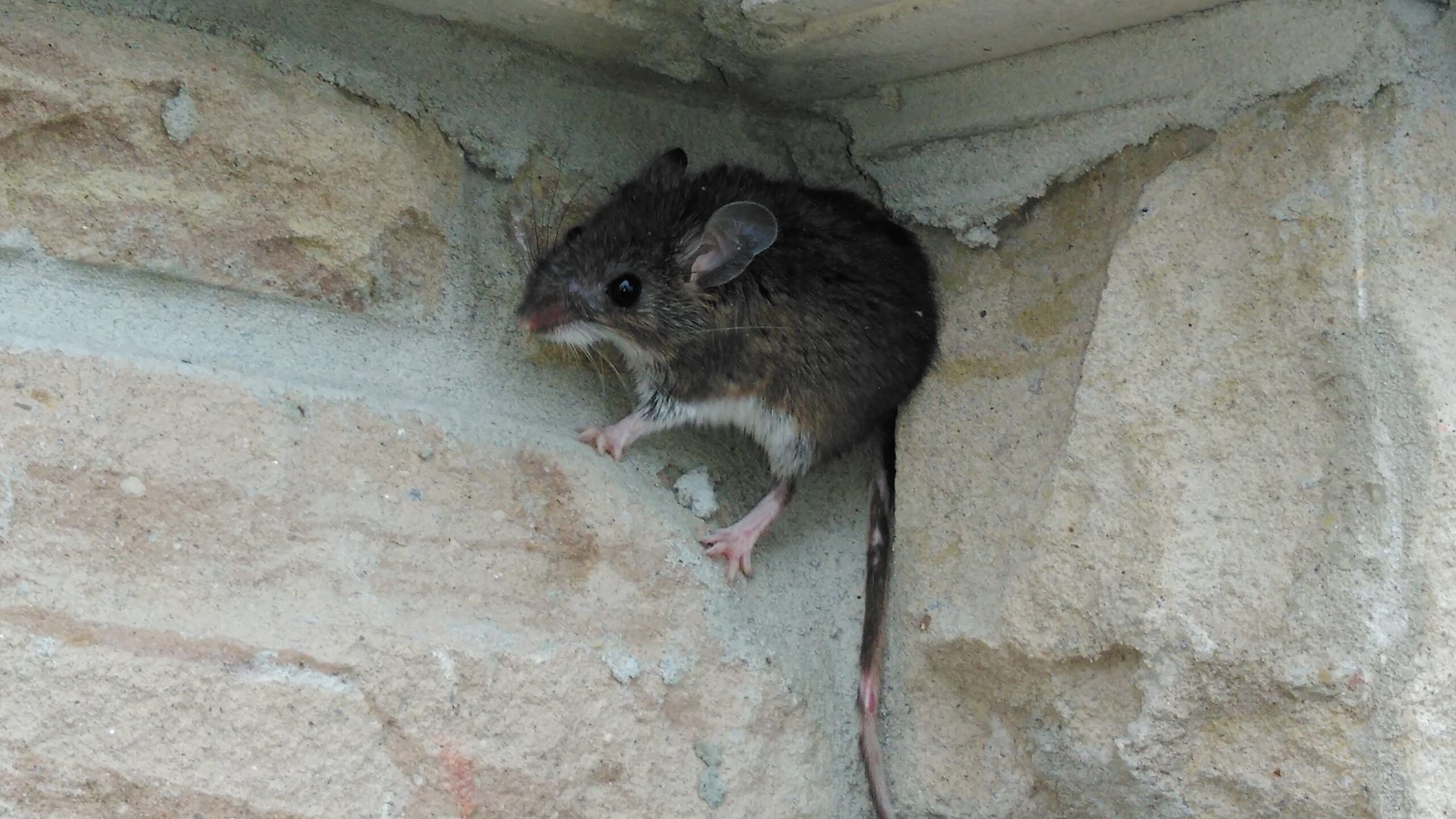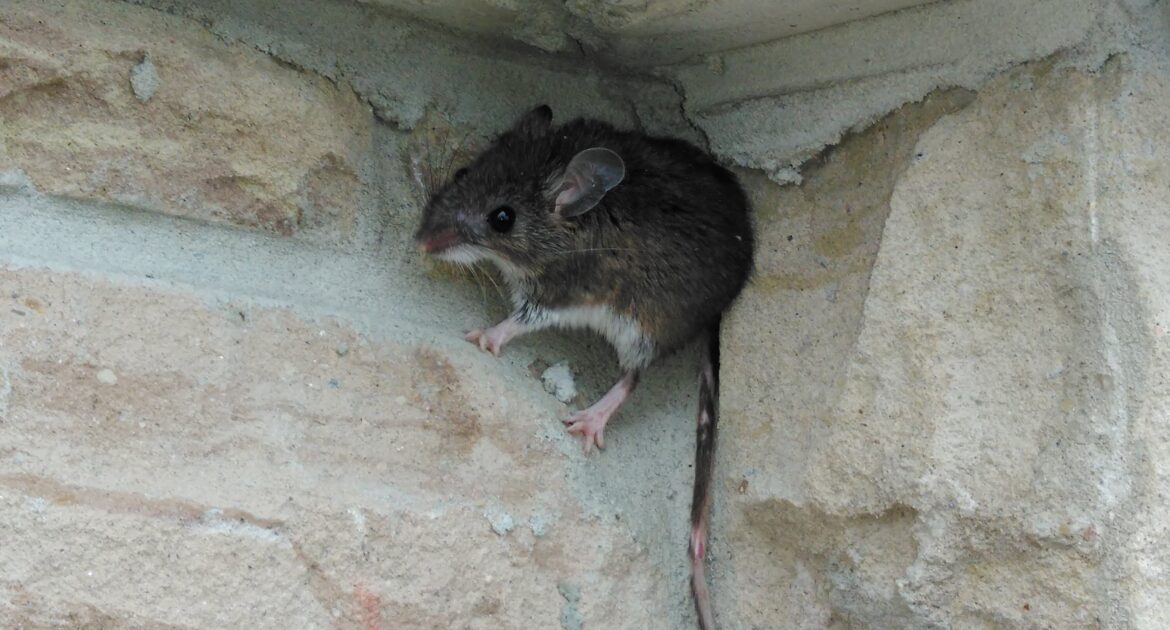If you had a serious mouse infestation in your home, you likely had little choice but to call a professional for removal. Mice are one of nature’s most resilient creatures, and getting them out of your home for good is no minor feat. Once you’ve gotten rid of an extant population, you need to make sure more animals don’t simply occupy newly vacant spaces. Here’s what to do after mice removal in Niagara.
Stay Vigilant
It’s easy to get complacent after you’ve had removal services take care of your problem. You should remember, however, that a removal team can only deal with the problems they see at the time of service. There may be, for example, new entry routes, or breaches in your home that didn’t exist previously. You may also attract rodents unknowingly by leaving food sources out in the open.
To make sure your problem doesn’t return, you should stay vigilant. This means that you should take necessary precautions to prevent rodents from reentering your home, and continue searching for any that may still be living within your walls. You may be surprised at how many rodents are regularly travelling only feet from your residence. You should do your best to make sure they can’t get in.
Look For Signs
If you find any signs of a returning infestation, it’s time to call a professional. Don’t think that you’ve just acquired a small population of one or two animals. Mice are some of the most voracious reproducers on the planet. Though some of the signs of a mouse infestation are obvious, others aren’t so clear.
The first signs to look for are droppings. Mouse droppings are small and oval-shaped and tend to appear in clusters. Mice also tend to urinate in areas they traverse frequently. Though you can sometimes see rodent urine, you can usually smell its characteristic musty odour first.
Rodents often enter human homes because they know there are plenty of food sources around. If you find that any of your food containers have been chewed, this is a clear sign of an infestation. Because mice often need to widen entryways they use to get in from the outdoors, they can also chew small openings in siding or other surfaces. Unfortunately, they can easily squeeze into unbelievably small spaces, so finding entryways can be next to impossible without proper training.
Hide Food Sources
Though rodents can be attracted to human foods, they are frequently drawn by foods intended for other animals. Birdfeed is a highly appealing source of nutrition that rodents are happy to take advantage of. Pet food left in garages or sheds may keep pets away, but it can draw rodents just as effectively. Even improperly disposed of trash can prove irresistible.
If you have food stored within a range of wild rodents, you should keep it in a sealed container. Make sure not to leave spilled food on the ground, as this can tell animals exactly where to return later.
Clean Up Your Yard
Because rodents are vulnerable to loads of predators, from foxes to owls, they dislike open spaces. They tend to travel, therefore, in hidden, shaded areas with lots of cover. When you remove this cover, they’ll have no choice but to venture elsewhere where the danger of being snatched up is lower. Always remove any potential foods like fallen birdseed from feeders, and make sure trash containers are sealed tightly.
If you’ve identified a problem, you should call a pest control professional immediately. At Skedaddle Humane Wildlife Control, we can ethically and effectively seal off your home so rodents won’t know how to return. For experienced, professional service that you can feel good about, contact us online or by phone today.




